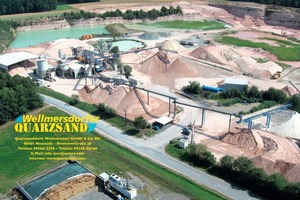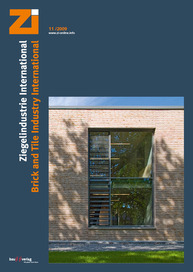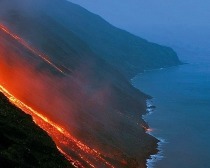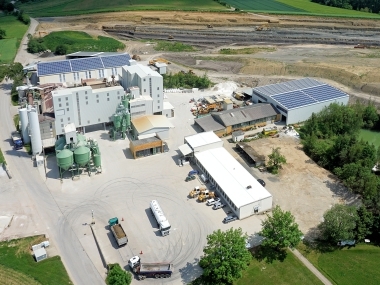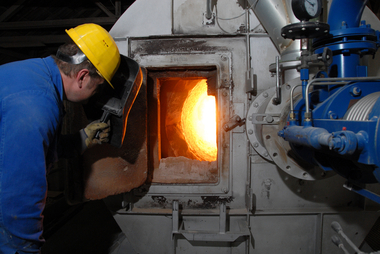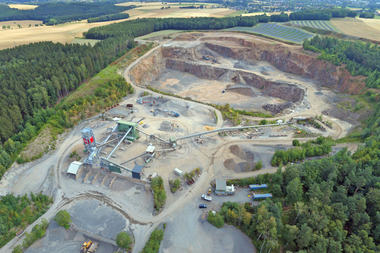By adding only a few per cent of round-grain feldspathic sand, numerous roof-tile producers have exerted positive influence on both their production processes and the properties of their products. In supply for 40 years now from Wellmersdorfer Quarzsandwerke, feldspathic sand (washed, 0.1 to 0.5 mm grain size, with minor oversize) improves drying behaviour by favourably influencing the grain structure of the body composition. Bodies containing a large share of potassium feldspar (approx. 35%) and accordingly little free quartz also respond more favourably to firing. The admixture improves sintering behaviour while reducing the body‘s sensitivity to cooling and exerting a positive influence on its coefficient of expansion – all without detriment to refractoriness under load. Such results are achieved with hydraulically sized feldspathic sand in the size range 0 to 0.5 mm, including max. 4% particles < 0.1 mm. Feldspathic sand is available for use both in moist condition and fire-dried.
Thanks to a multifarious customer structure, several hundred thousand tons of this feldspathic sand can be extracted and sold at favourable prices each year. Since numerous glassworks are situated near the Wellmersdorf deposit, and since they procure large quantities of raw materials from all over Germany, backloading provides an excellent opportunity for deliveries to remotely situated heavy clay facilities at even more favourable prices. Ample-quantity samples are provided free of cost for field testing.

